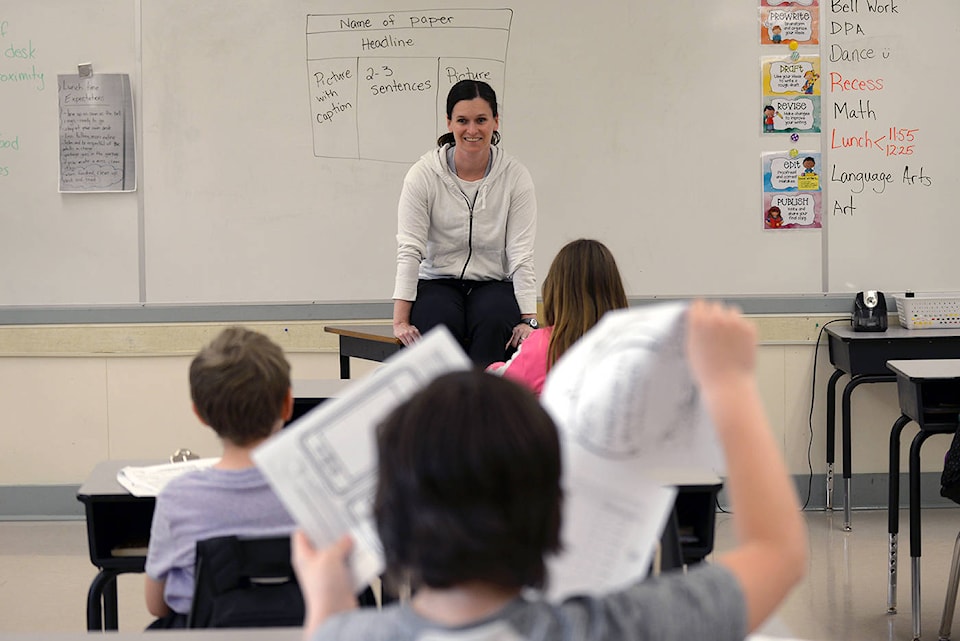Economic activity in the public sector (education, health care and public administration) as well as manufacturing and professional services grew as the Canadian economy continues to recover from COVID-19.
The Canadian economy grew by 1.2 per cent in August, following a 3.1 per cent increase in July, but overall economic activity remains about five per cent below February’s pre-pandemic level.
Increased hiring of educational as well as health care staff contributed to the rise in public sector employment, while various categories of workers in professional services including computer systems design and related services also rose. Economic activity in construction and to a lesser degree manufacturing also rose.
RELATED: Not-so-rosy State of the Island report caps off virtual summit
Economic activity in the accommodation and food services rose 7.3 per cent in August, with the arts, entertainment and recreation sector having grown 13.7 per cent.
But if these sectors of the economy have shown signs of recovery, other sectors including mining, quarrying, and oil and gas extraction continue to struggle, having decreased 1.7 per cent in August. Looking at sub-categories, low global oil prices continue to hurt the oil and gas industry. The industry as a whole dropped 3.9 per cent in August, while economic activity in oil sands extraction dropped 7.5 per cent.
These national figures, however, do not capture the regional picture.
The public heard last month that the tourism sector — a key component of the local economy — continues to struggle on Vancouver Island. According to a presentation by economist Susan Mowbray during last month’s Vancouver Island Economic Alliance summit, ferry travel this year is down 51 per cent, and between April and July, airport traffic was down 82-97 per cent, hotel occupancy was down 51-81 per cent and room rates were down 34-54 per cent.
Do you have a story tip? Email: vnc.editorial@blackpress.ca. Follow us on Twitter and Instagram, and like us on Facebook.



